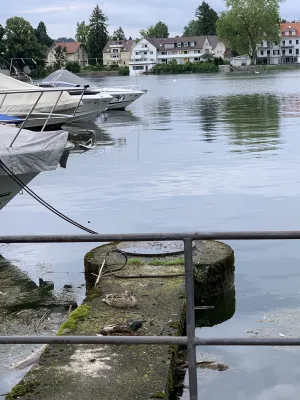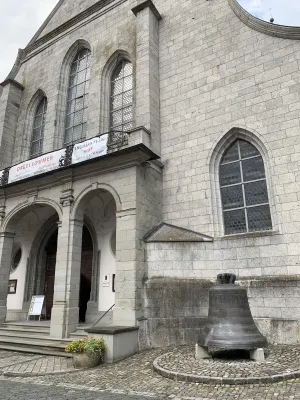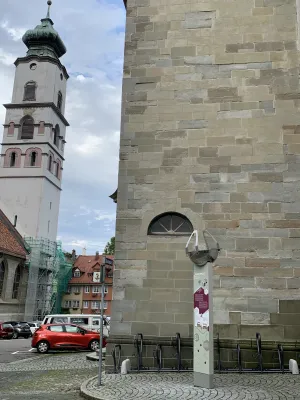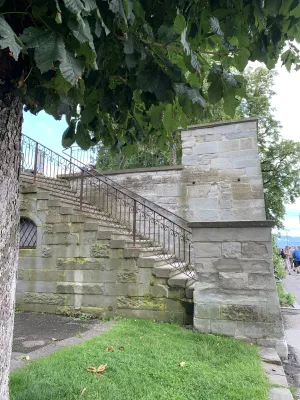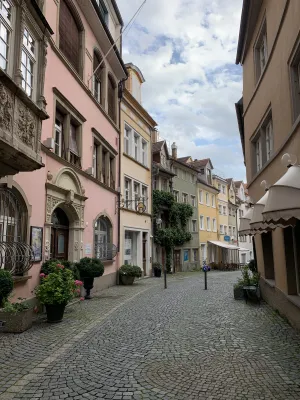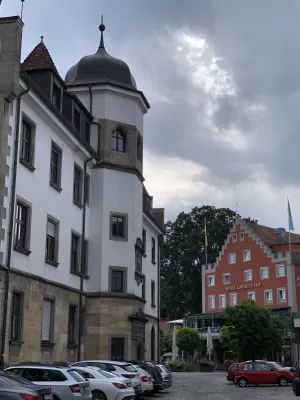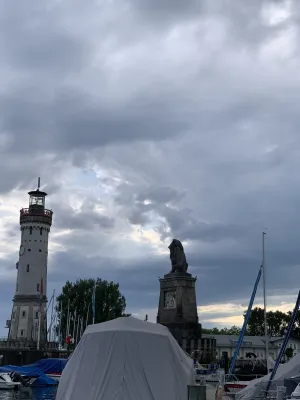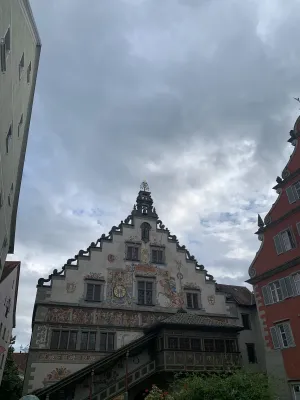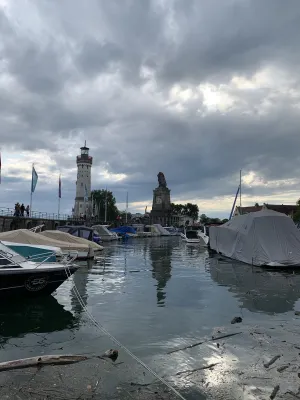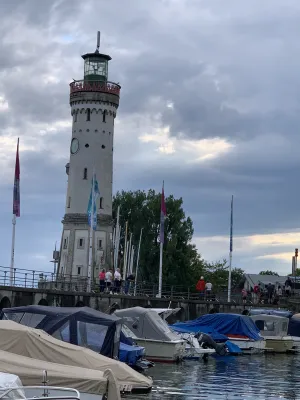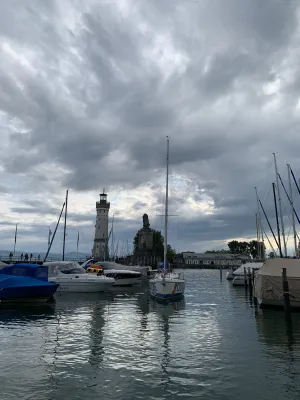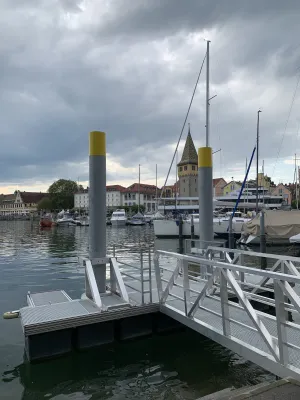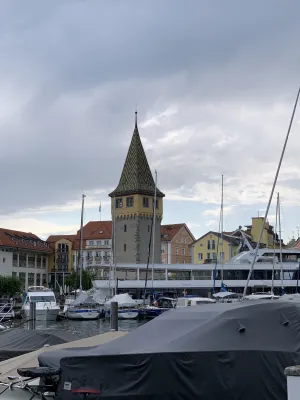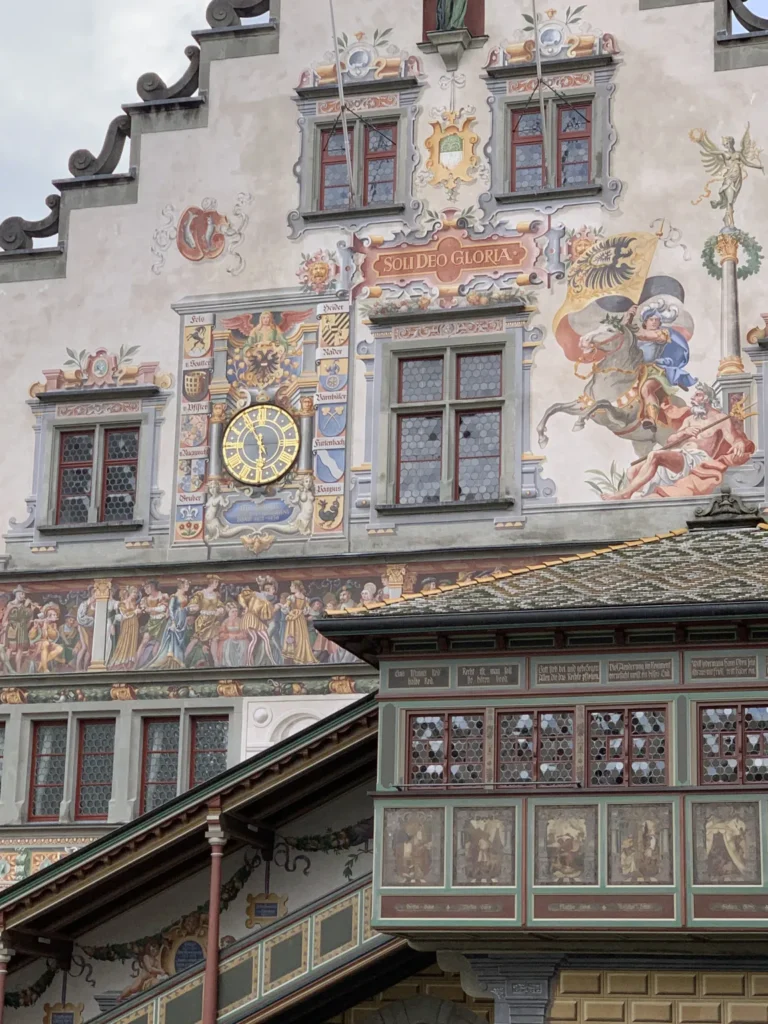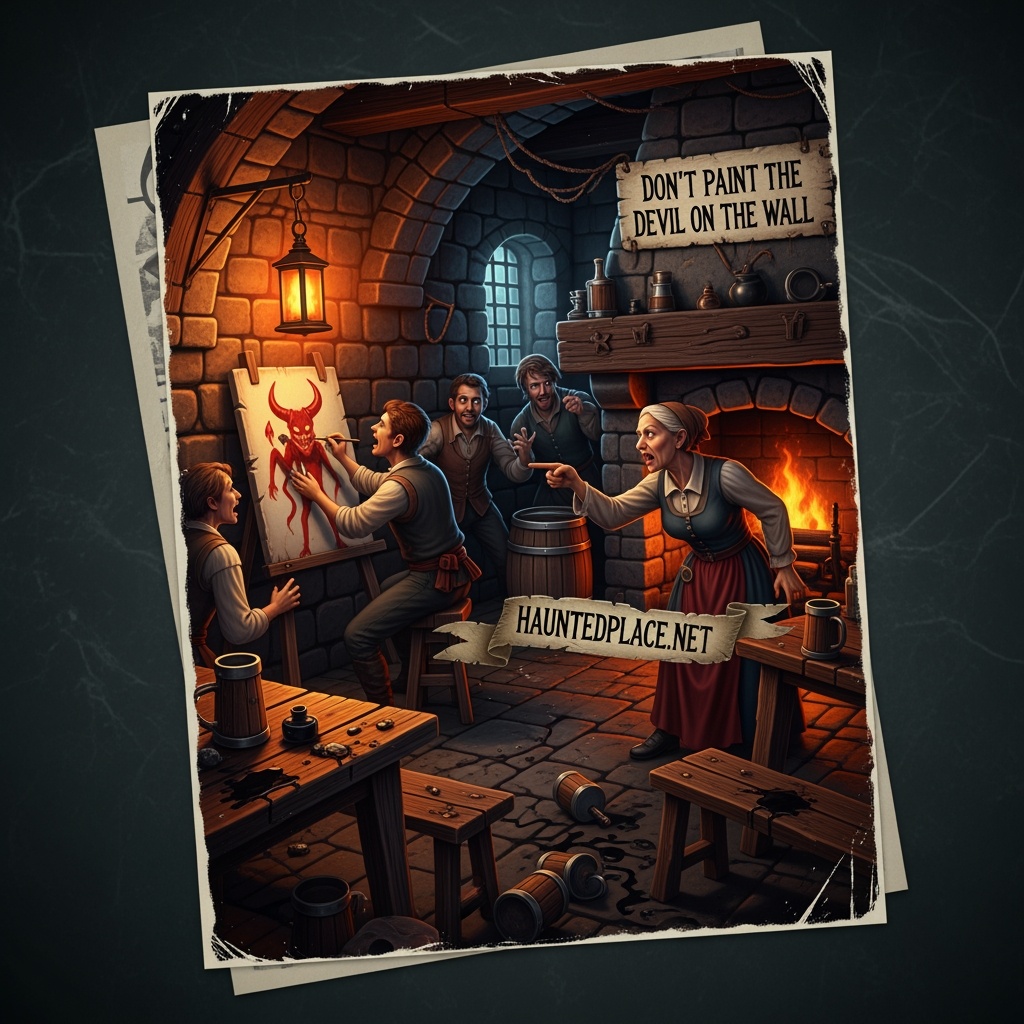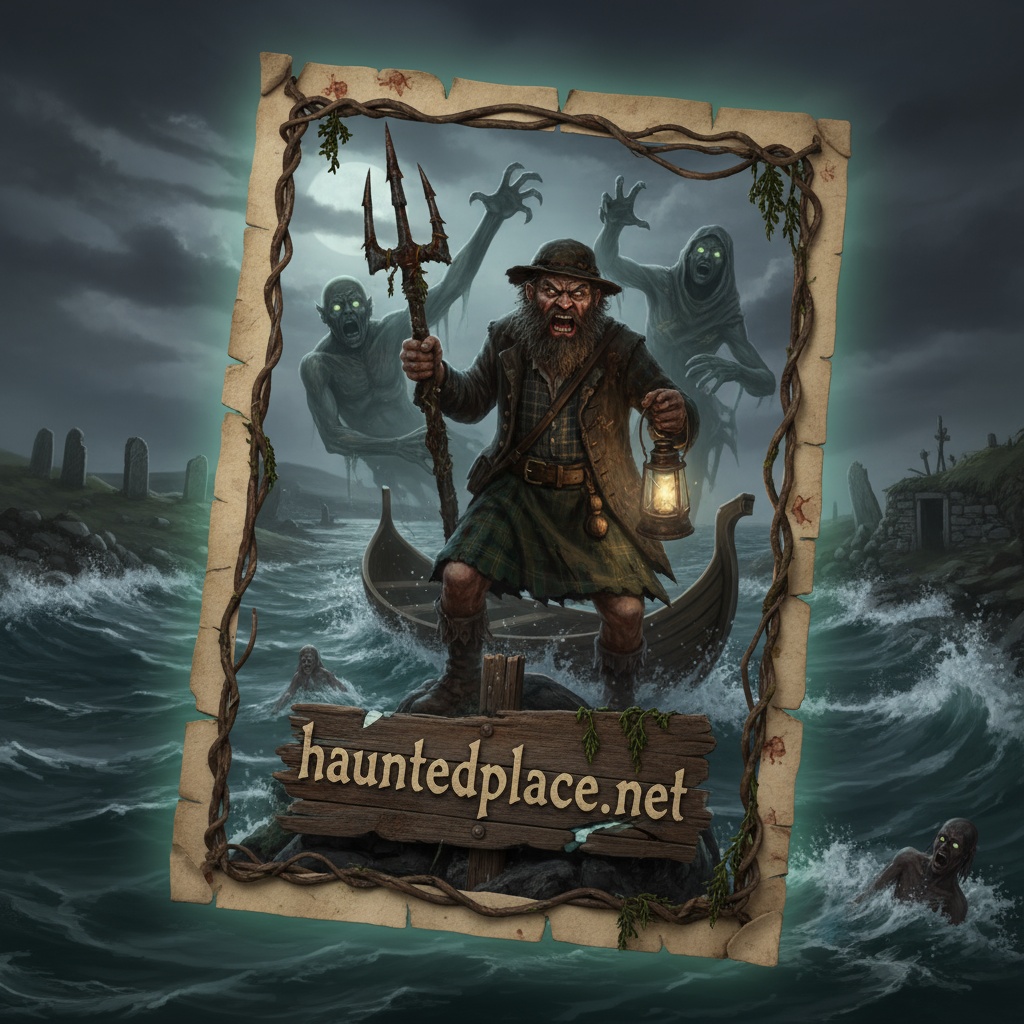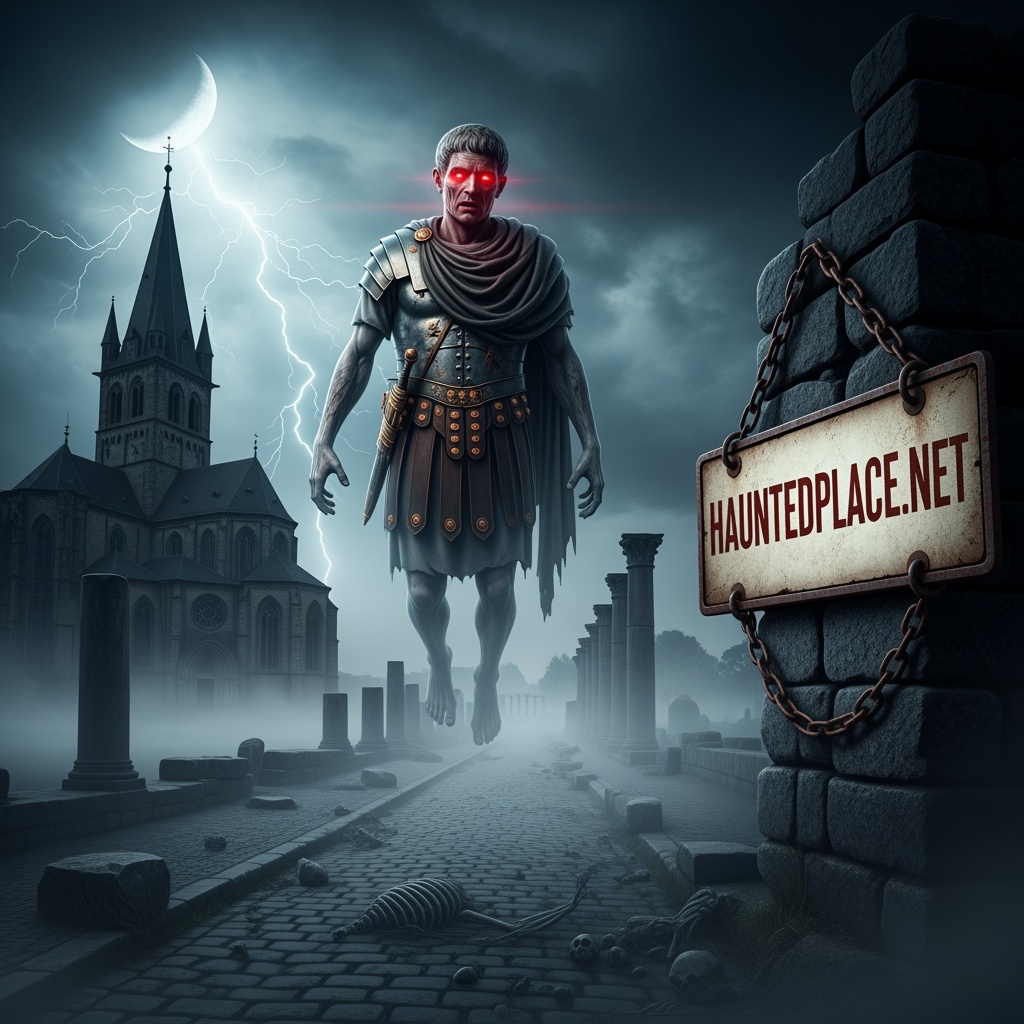
Lindau has a world-famous harbor entrance with its 6-meter-high Bavarian lion and 33-meter-high new lighthouse. Thanks to its fascinating mainland and picturesque island, which is connected to the mainland by a dam and a bridge, Lindau is considered one of the tourist hotspots of the Lake Constance region. The legend of the island guards surrounds this green-lined island and garden city at the Bavarian tip of Lake Constance. In 1643, during the Thirty Years’ War, the Swedes besieged the free imperial city in order to capture it. However, this was prevented by the imperial troops under Count Maximilian von Waldburg-Wolfegg. To defend the city, the citizens of Lindau assembled a troop of men to guard the city against Swedish saboteurs and spies. These so-called island guards were wild, large men who lived in the cellars and corridors under the salt and grain stores of the island city and were responsible for transporting goods to the upper floors and hanging them up. These impetuous fellows were now tasked with ensuring that no Swedes or other enemies entered the city. To this end, they mercilessly hanged anyone who appeared suspicious. Even after the end of the war, they continued to hang anyone rigorously, even if they only wanted to visit Lindau as guests. The merchants of Lindau therefore decided to put an end to this evil specter. On November 11, 1659, they lured the island guards under a pretext into the festively decorated cellar hall of the powder tower. Then they quickly locked the doors from the outside so that none of the guards could escape. Finally, they flooded the cellar with water from Lake Constance, so that all of them drowned in agony. The last island guard uttered a curse before he died. These island guards, who fearlessly defended Lindau and later indiscriminately executed strangers, were brought back to life. Since 2009, the island guards’ carnival guild has been up to their old tricks again during the Fasnacht carnival. As in the past, the island guards wear clothing called “Häs,” which consists of stone-gray trousers and a black coachman’s coat with a hood that reaches deep into the face so that no one can see their eyes. They also wear masks that resemble a fish with a human face. In this way, they commemorate the island guards of the 17th century who lost their lives in the powder tower.


